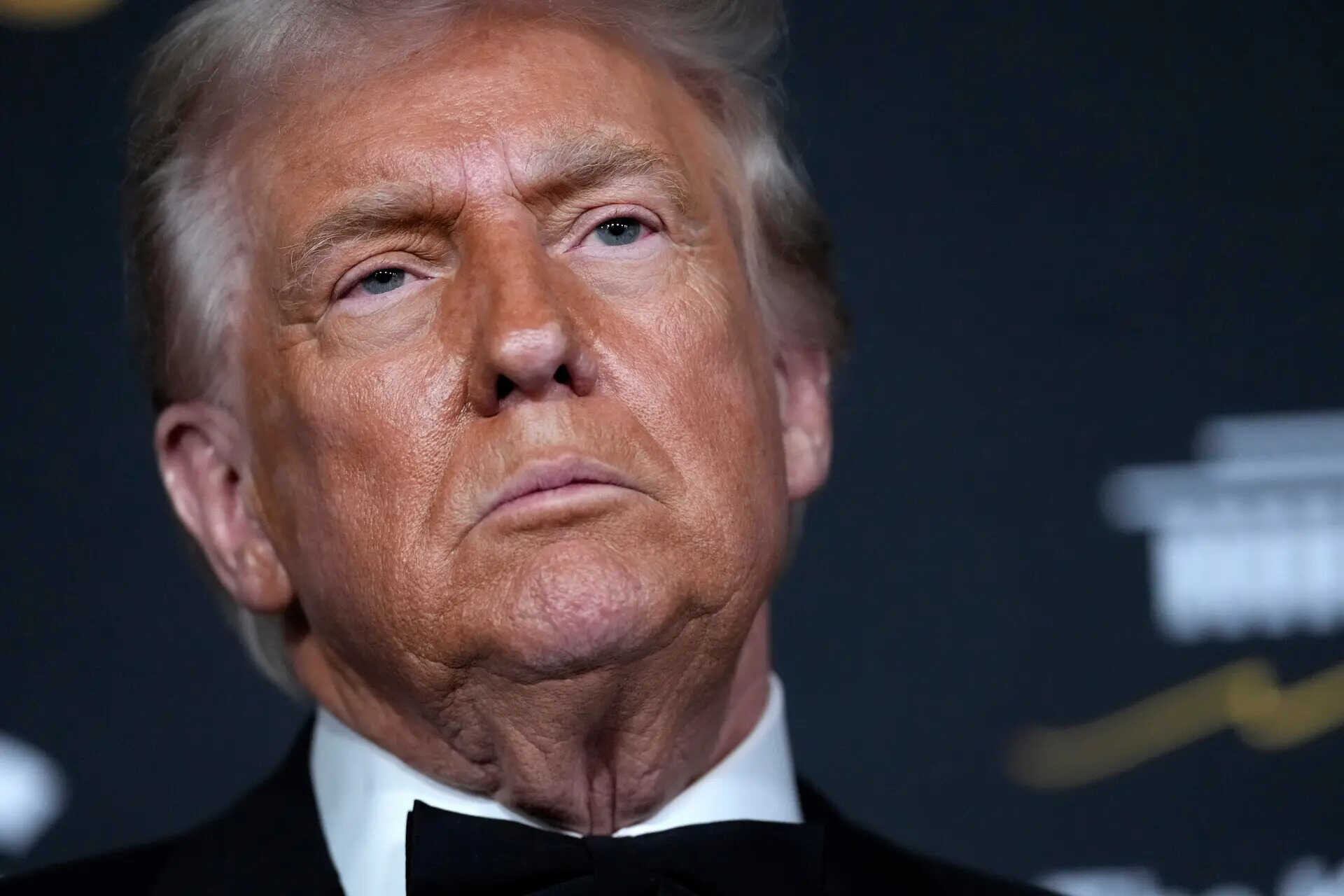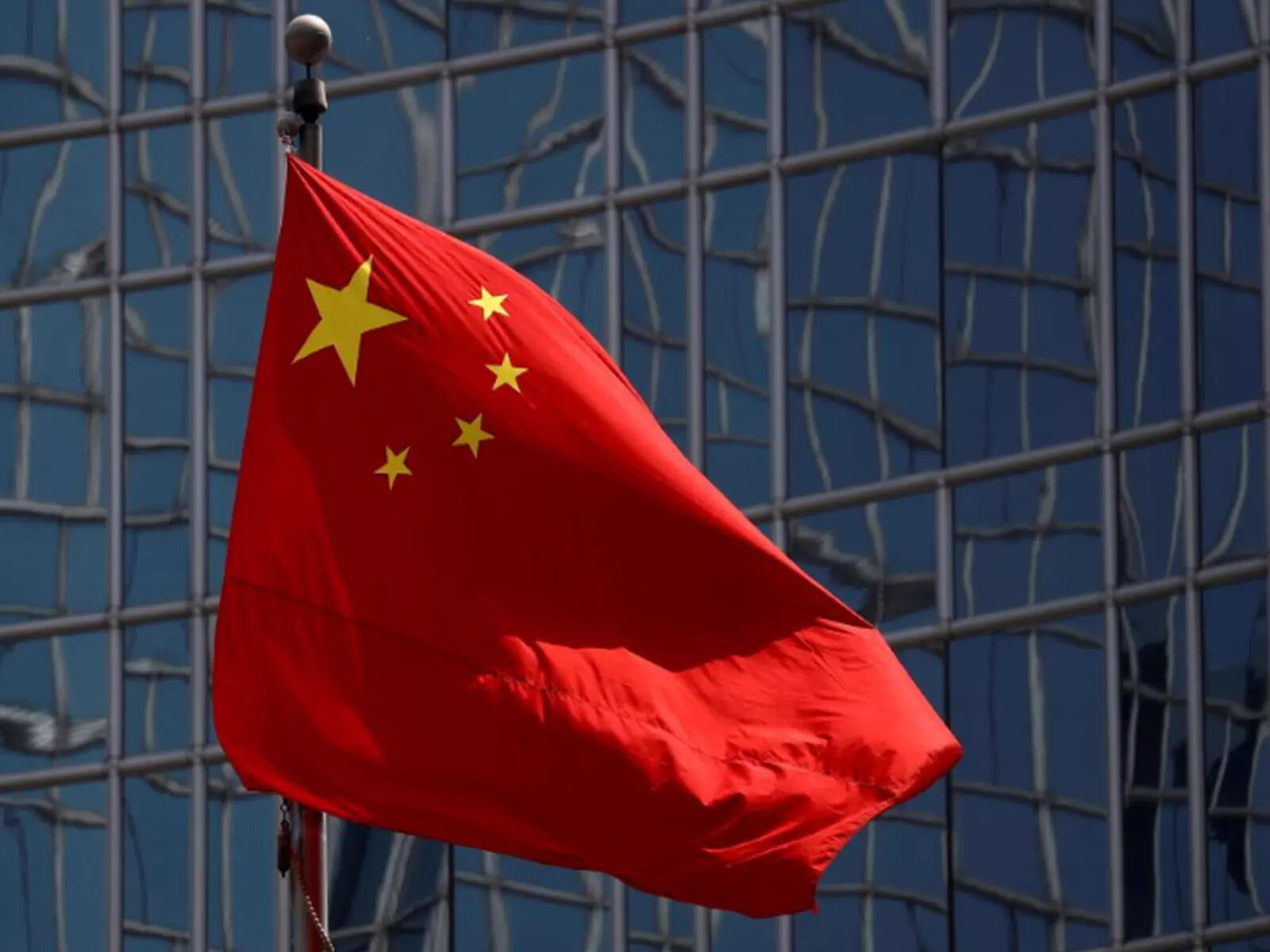Navigating Choppy Waters: What the Rupee’s Fall Means for You
The Indian Rupee has been on a bit of a rollercoaster lately, and recently, it hit a new low, dipping to ₹88.45 against the US dollar. If you’re like many Indians, you might be wondering: what does this actually mean for me? It’s not just a number flashing on the news; it’s a reflection of global economic currents that touch our wallets in surprising ways.
So, let’s break down what’s happening and why.
Decoding the Rupee’s Descent
Several factors are contributing to the Rupee’s current situation. Think of it like a tug-of-war, with various forces pulling in different directions. One of the biggest players is the strength of the US dollar itself. The dollar has been flexing its muscles globally, driven by the Federal Reserve’s monetary policy. When the Fed raises interest rates in the US, it makes the dollar more attractive to investors worldwide. This increased demand for dollars, naturally, strengthens its value relative to other currencies, including the Rupee.
Another key factor at play is the global economic uncertainty. From geopolitical tensions to concerns about a potential global recession, investors tend to flock to safer havens like the dollar during times of turmoil. This “flight to safety” further boosts the dollar’s strength and puts pressure on currencies perceived as riskier, like the Rupee.
Finally, India’s trade dynamics also play a significant role. A widening trade deficit, where India imports more than it exports, can put downward pressure on the Rupee. This is because India needs more dollars to pay for those imports, increasing demand for the greenback and potentially weakening the Rupee in the process. The image alt text is Indian Rupee falling against the US Dollar.
“`html

“`
How a Weaker Rupee Impacts Your Pocket
The impact of a weaker Rupee is far-reaching. Here’s how it trickles down to affect everyday life:
* Inflation: A weaker Rupee makes imports more expensive. This is especially true for essential commodities like crude oil, of which India imports a significant portion. Higher import costs translate to higher prices for consumers at the pump and for a wide range of goods and services that rely on imported components. This inflationary pressure can erode purchasing power and make it harder to manage household budgets.
* Travel & Education: Planning an international trip or sending a child abroad for education? A weaker Rupee means you’ll need to shell out more Rupees to buy the same amount of dollars (or other foreign currency). This can significantly increase the cost of travel, tuition fees, and living expenses overseas.
* Investments: The impact on investments is more nuanced. For those with investments in Indian companies that export goods or services, a weaker Rupee can actually be beneficial, as it makes their products more competitive in the global market. However, for those with investments in companies that rely heavily on imports, the weaker Rupee could negatively impact their profitability. It is important to talk to an investment professional to ensure you are diversifying well. We have a [blog post on portfolio diversification](internal-link-to-diversification-article) you may find helpful.
* Overall Economic Growth: A persistently weak Rupee can create uncertainty in the business environment, potentially dampening investment and economic growth. Businesses may postpone expansion plans or new projects due to concerns about rising import costs and currency volatility.
Is There a Silver Lining?
While a weaker Rupee presents challenges, it’s not all doom and gloom. Indian exporters, for example, stand to benefit as their goods become more competitive in the global market. This can boost export earnings and contribute to economic growth.
The government and the Reserve Bank of India (RBI) also have tools at their disposal to manage the Rupee’s volatility. The RBI can intervene in the foreign exchange market by selling dollars from its reserves to moderate the Rupee’s decline. The government can also implement policies to boost exports and attract foreign investment, which can help strengthen the Rupee in the long run.
Looking Ahead: What Can We Expect?
Predicting the future of the Rupee is a complex game. Global economic conditions, geopolitical developments, and domestic policy decisions will all play a role in shaping its trajectory. While short-term volatility is likely to persist, the long-term outlook for the Rupee will depend on India’s ability to maintain strong economic growth, control inflation, and attract foreign investment. Understanding the various factors impacting the Indian Rupee is crucial for informed decision-making in these uncertain times.
The Rupee’s value isn’t just an abstract economic indicator; it’s interwoven with our daily lives. By understanding the factors that influence its movements and the potential impacts on our wallets, we can better navigate these choppy waters and make informed financial decisions. The relationship between the Indian Rupee and the dollar will continue to evolve, demanding constant vigilance and adaptation from individuals and businesses alike.







